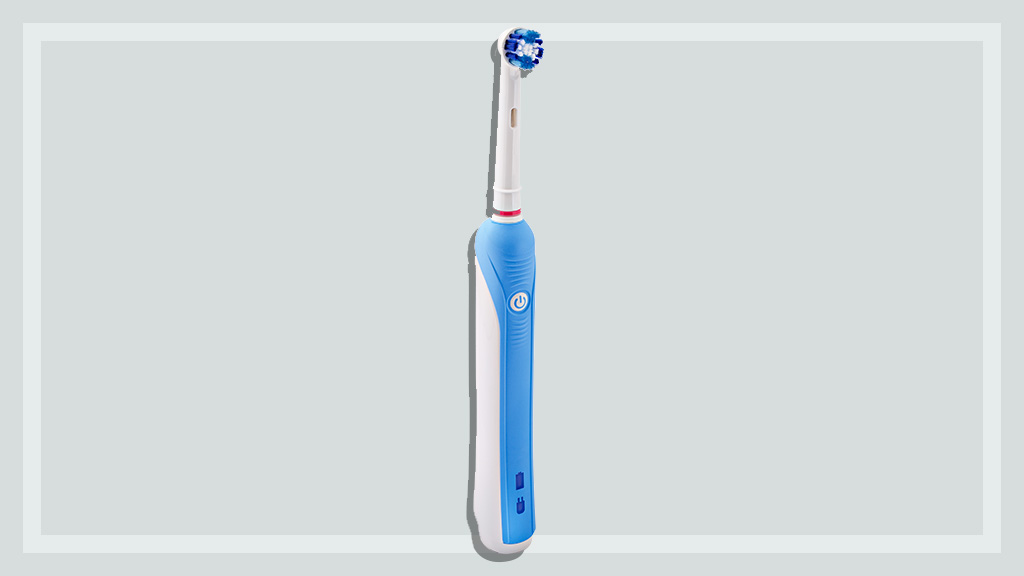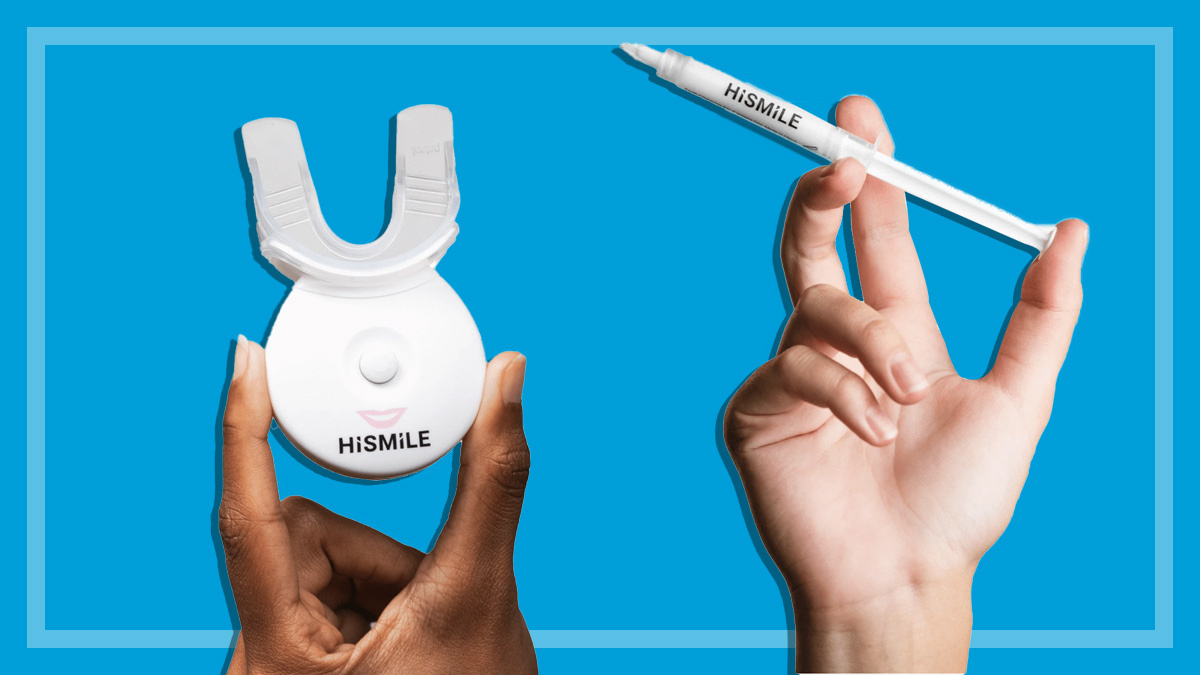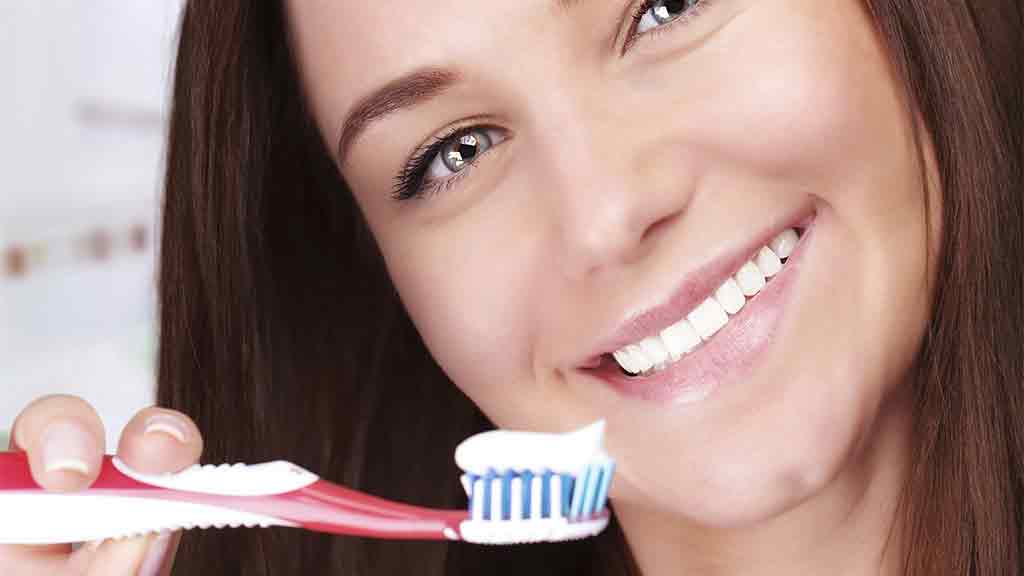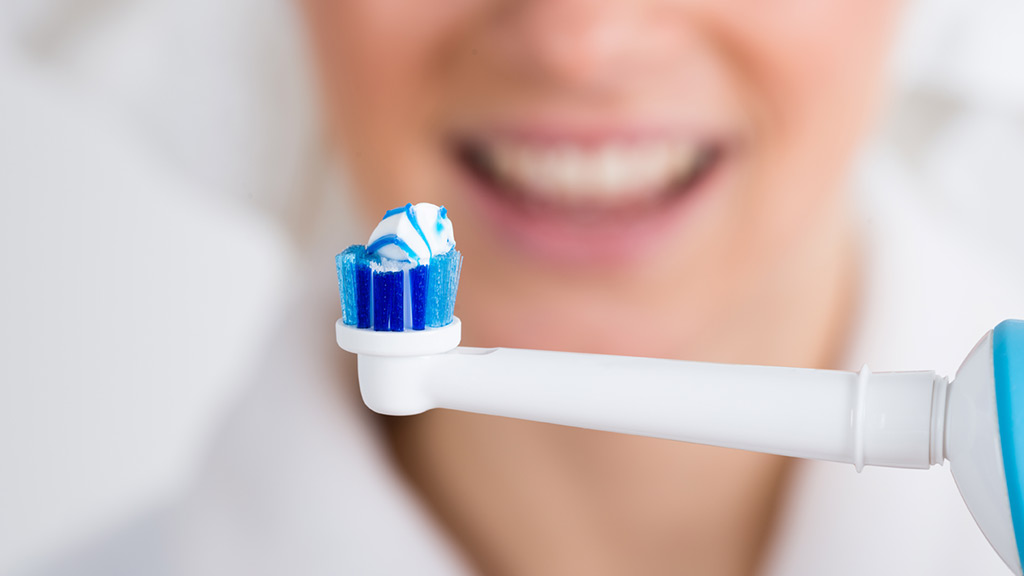Get our independent lab tests, expert reviews and honest advice.
How to buy the best electric toothbrush
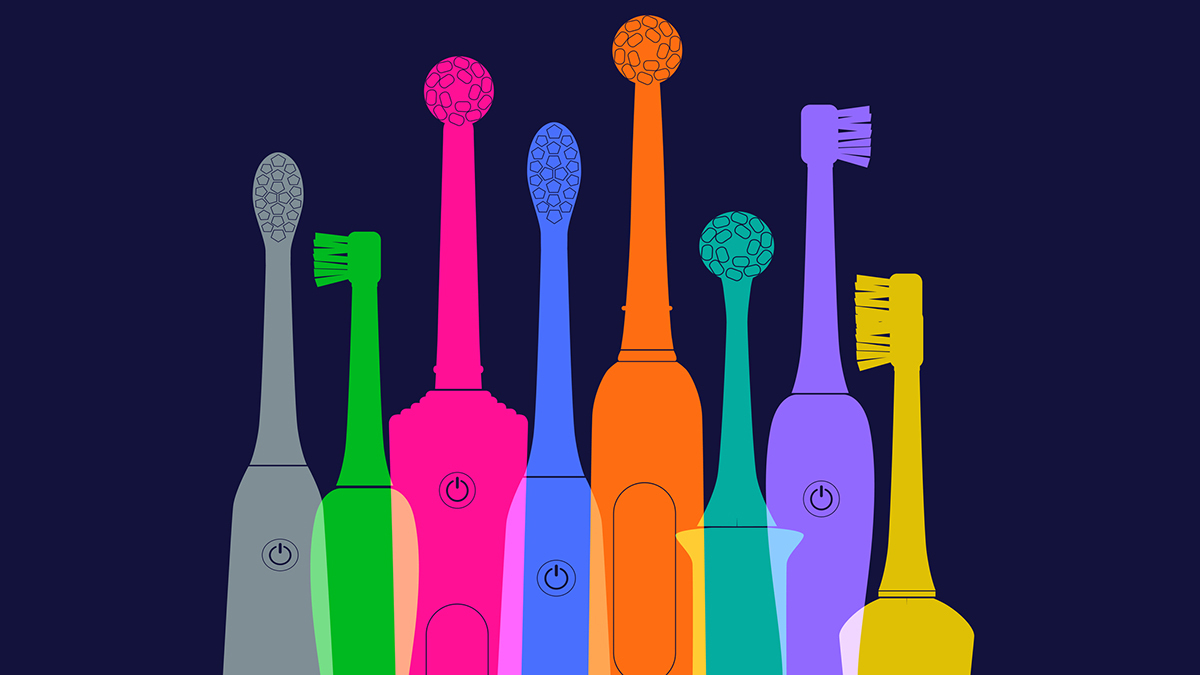
As anyone who’s squirmed through a root canal or forked over thousands to their dentist for crowns and fillings will tell you, looking after your choppers is well worth the investment.
On this page:
- Are electric toothbrushes worth it?
- Battery-powered or rechargeable?
- Rotary or lateral cleaning: Which is best?
- Features to look for
- Does my toothbrush need an app?
- Can kids use an electric toothbrush?
- How to recycle an old toothbrush
Bad teeth can cause a world of pain, both physically and financially, so you want to make sure that your daily brushing is getting the job done properly.
Here’s everything you need to know if you’re in the market for a new electric toothbrush.
Are electric toothbrushes worth it?
Electric toothbrushes are fairly mainstream nowadays, but just because a technology is commonly used, doesn’t necessarily mean it’s better than the old-fashioned alternative.
However, it seems that electric toothbrushes probably do live up to their hype.
A 2014 review … showed electric toothbrushes “reduce plaque and gingivitis more than manual tooth brushing”
A 2014 review of 51 trials of manual vs powered (electric) toothbrushes by the nonprofit Cochrane Collaboration showed electric toothbrushes “reduce plaque and gingivitis more than manual tooth brushing”.
Do you need an expensive toothbrush?
We test electric toothbrushes for how they feel to use, how easy they are to use and charge, and how many days of use you’ll get before needing to recharge (read how we test electric toothbrushes for more).
Though the absolute best performers in our test are among the most expensive, you don’t necessarily need to spend big to get a good electric toothbrush.
There are plenty of good toothbrushes that cost $100 or less
Only a few percentage points separate the top five models in our test, and yet the prices range from $80 all the way up to almost $579. Outside of the top five, there are plenty of good toothbrushes that cost $100 or less.
Aside from performance, the difference between models really come down to comfort and preferences. More expensive ones typically use materials that feel nicer, and they may have a larger range of brushing modes to choose from. But that’s about it.
Battery-powered or rechargeable?
Rechargeable toothbrushes have a built-in battery pack that you can recharge using the provided AC adaptor.
Battery-powered models look just like regular toothbrushes, but with room for the battery in the handle. This type is inexpensive to buy, but it’s worth considering the cost and environmental impact of throwing away alkaline batteries. (Using rechargeable batteries can help minimise this.)
Rotary or lateral cleaning: Which is best?
An electric toothbrush will use either a rotary or lateral cleaning mechanism.
Rotary electric toothbrushes clean with a rotating movement. They may either maintain a consistent spin, or the direction may change with every turn. Some models also add extra movements from side to side.
Lateral electric toothbrushes vibrate from side to side, and can rapidly move in various directions. This type includes “sonic” models, which use very fast-moving vibrations or movement. (These should not be confused with the less commonly found models that use “ultrasonic” technology – high-frequency sound waves that purportedly vibrate plaque and bacteria off your teeth.)
As for which type of electric toothbrush does the better job, a 2024 review published in the International Journal of Dental Hygiene found a small but significant difference in favour of rotary over lateral models.
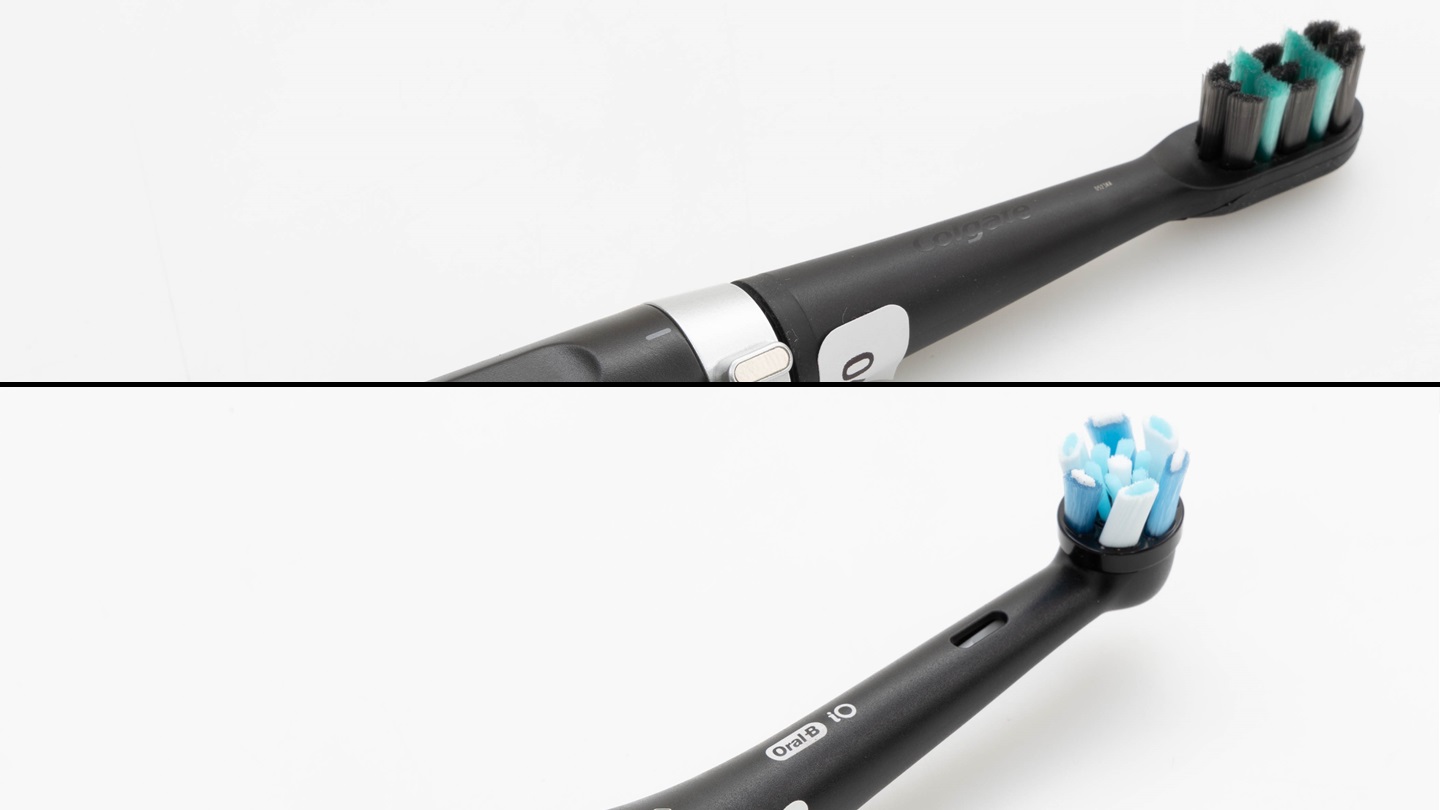
Cleaning modes and speeds
Many brushes have a variety of cleaning modes and speeds that typically determine the intensity of the brush and how the head moves. They often use pretty nonspecific terms such as ‘daily’, ‘sensitive’, ‘deep clean’, ‘gums’ and ‘whiten’, which give you a broad idea of what’s going on.
Try to find a toothbrush with a number of settings as this allows plenty of room to hone in on one that works for you
Though you can use these terms as a general guide, it’s best to cycle through all the available modes to find one that feels right for your teeth and gums. Try to find a toothbrush with a number of settings as this allows plenty of room to hone in on one that works for you.
Replacement toothbrush heads
Most brands sell a range of different heads that may vary from the one or two that are included with the toothbrush. Choosing a brand with a good range of heads can help you get the best brush possible, with options including interdental (between individual teeth), tongue-cleaning and teeth-brightening styles. Some people find that a smaller circular head offers better access to back teeth.
Avoid cheaper models that don’t have replaceable heads
Brush heads do eventually need to be replaced, though they’re not overly expensive. You can save money by buying in bulk and it’s probably worth stocking up on a few, in case the heads stop being manufactured for your otherwise still-functional toothbrush.
Avoid cheaper models that don’t have replaceable heads. You’ll need to throw away the entire unit once the brush wears down, which is wasteful and expensive over time.
Features to look for
Brush head container: Useful for families or couples who share one electric brush, each with their own brush heads.
Charge indicator light: This shows when you should recharge your toothbrush – useful if you take your brush away on holiday or regularly unplug your charger.
Cleaning intervals: Timed breaks, usually 30 seconds, that prompt you to move to a different part of your mouth (e.g. back left, top left, back right etc.) by turning off or sounding an alert.
Indicator bristles: The bristles slowly fade to white over time to indicate when it’s time to replace the toothbrush head.
Pressure sensor: This can help prevent gum damage by detecting when you’re brushing too hard and alerting you with an indicator light or by reducing the movement action of the toothbrush.
Speed: Different speeds easily accessed from the front of the brush can make it easier to choose your preference.
Travel case: Helps protect the brush from grit, fluff and general damage when you’re on the road. These may be included in the box or sold separately.
Does my toothbrush need an app?
Some toothbrushes can pair with a mobile app for iOS or Android. This isn’t essential to use and the manufacturers don’t force you to use the apps, but they can be a fun tool to help you develop good brushing habits.
Basic apps simply log your brush date, time and duration, which is a useful tool for parents.
The more advanced ones track movement throughout the zones in your mouth, highlight coverage and provide feedback on your technique. Some even generate a brush score when you’re done.
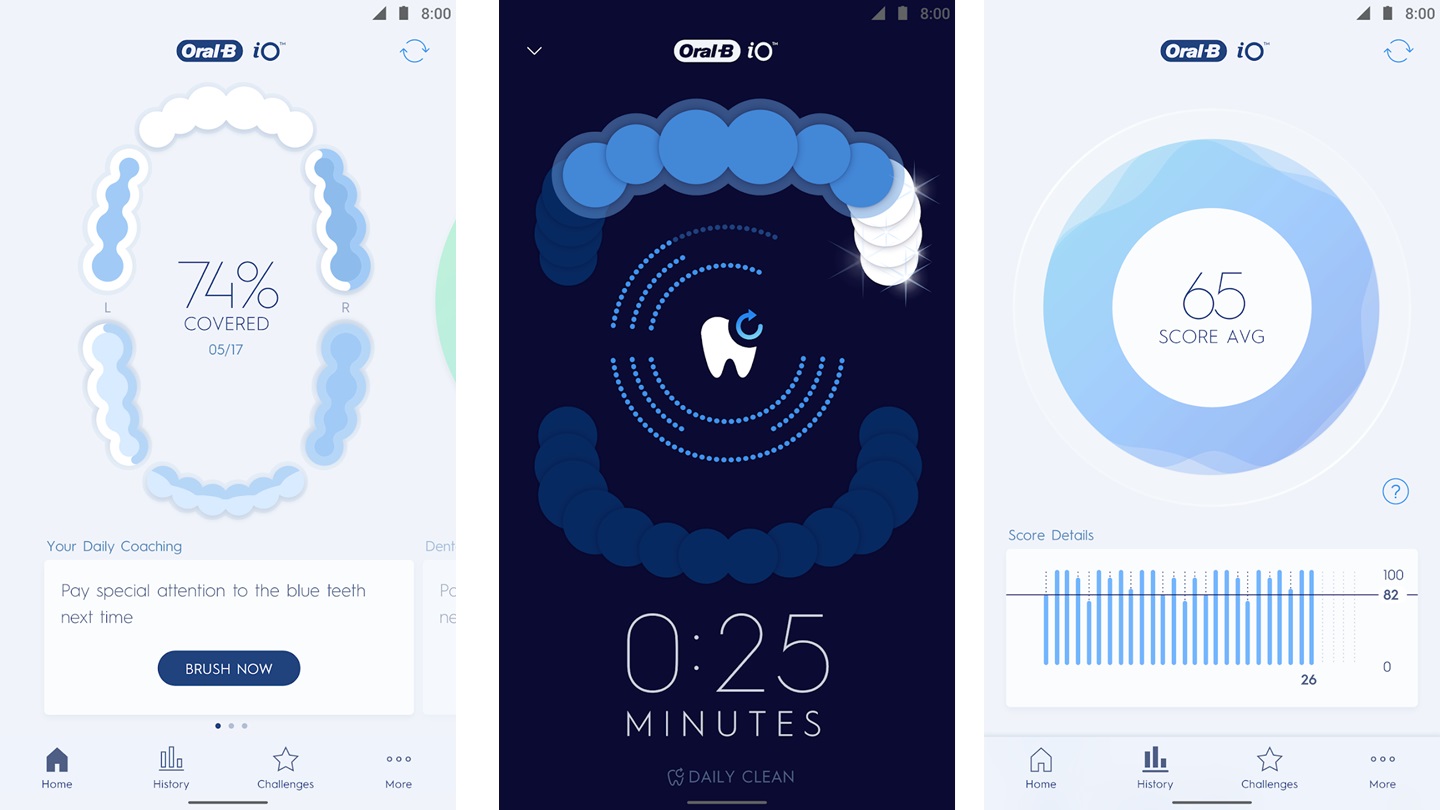
Can electric toothbrushes be used with orthodontic bands, dentures or implants?
Orthodontic bands
Brushing is very important if you have bands on, so an electric brush could help here, as long as you don’t dislodge the wires or brackets. The Australian Dental Association recommends discussing it with your orthodontist, as it’s usually decided on a case-by-case basis.
Dentures
Electric brushes can be useful for cleaning dentures properly, particularly if you also have poor manual dexterity.
Implanted teeth
A recent survey found rotation oscillation brushes were good for cleaning implanted teeth, but you should still discuss your individual situation with your dentist.
Can kids use an electric toothbrush?
Most electric toothbrushes are recommended for ages three and up, based on manufacturer guidelines.
According to the Australian Dental Association (ADA), one study has shown that electric toothbrushes offer similar advantages for children as they do for adults when it comes to dental hygiene.
The 2023 study of 100 children found that although brushing with either electric or manual toothbrushes reduced plaque and gingivitis, children had significantly better results with the electric toothbrushes.
One study has shown that electric toothbrushes offer similar advantages for children as they do for adults
The test compared electric and manual toothbrushes across a four-week period for three- to six-year-olds whose teeth were brushed by parents, and seven to ten-year-olds who brushed independently.
At the end of the trial:
- In both age groups there was more plaque reduction with the electric toothbrush than with the manual toothbrush, and this was particularly so in the 7–10 age group once parents stop helping to brush.
- Gingivitis levels among children were not significantly different for the two types of brushes.
The ADA also noted that features such as timers, prompts and associated apps can help kids develop good brushing habits at a young age. These are not available with manual toothbrushes.
But ADA spokesperson Dr Mikaela Chinotti warns that electric toothbrushes are no substitute for a parent’s help when needed.
“As with the use of any toothbrush, it is important that a parent or carer continues to brush the child’s teeth or assist until the child has the capability to do so solo,” says Chinotti.
How to recycle an old toothbrush
Electric toothbrushes are an appliance so you can’t just toss them in the bin. Instead, you’ll have to take your old or broken brushes to an e-waste service in your area. The Recycling Near You database will show you where to go.
If not, most local councils are likely to take them during e-waste drop-off events that happen throughout the year. Check your local council website or give them a call to find out if electric toothbrushes can be dropped off in your area.

